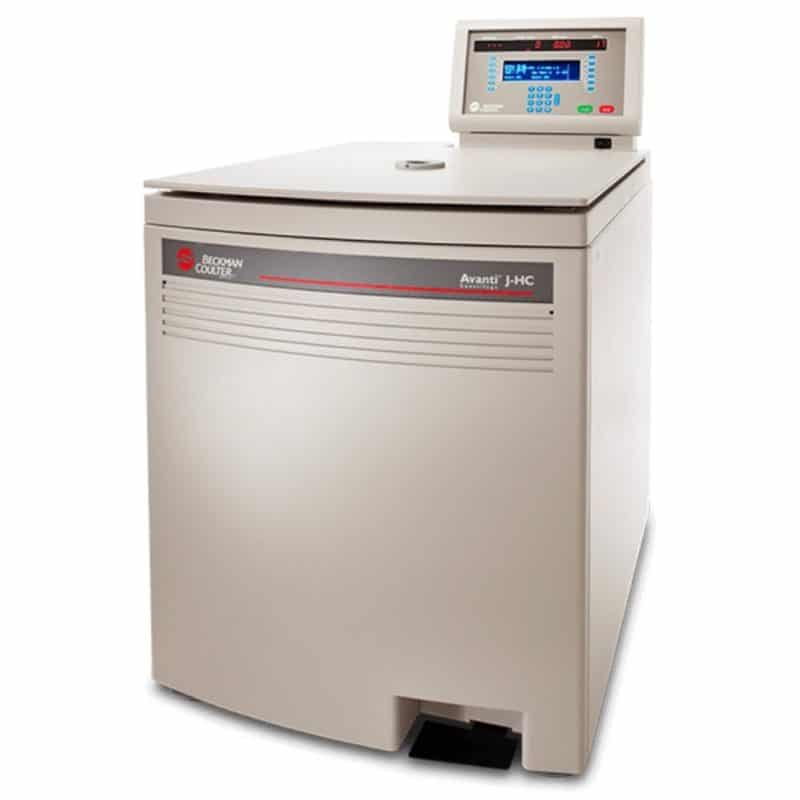HPLC, KNAUER, Science News
HPLC Methods for Biofuels Research
HPLC Methods for Biofuels Research
High-performance liquid chromatography (HPLC) is unique among analytical instrumentation in that the method is fundamentally defined by the nature of distinct analytes per application. In a typical analytical HPLC process, mixed components of interest are carried through the porous stationary phase medium in a column by a mobile phase flow. This causes them to separate based on distinct rates of migration among the mixture’s individual constituent parts. These migration rates are primarily determined by factors such as concentration, molecular weight, solubility, etc.
Solubility tends to define the appropriate mode for set applications, which include: hydrophilic interaction liquid chromatography (HILIC); ion exclusion and ligand exchange; normal phase (NP); reversed-phase (RP); and wide pore reversed-phase. Yet considerations must also be made to combine the right HPLC mode with a suitable detection method.
In this blog post, Knauer explores the use of various HPLC methods and detectors with a focus on biofuels research.
What are Biofuels?
Biofuels are gaseous or liquid fuels derived from hydrocarbon-rich living organisms known as biomass (agricultural products, alcohol fuels, solid waste, wood, etc.). These raw materials are produced into a viable end-product (gas, liquid, or solid) using some method of chemical or thermal alteration, such as fermentation or transesterification.
Just like fossil fuels, biogas and biodiesels are typically combusted in order to generate energy. Consequently, it is critical to study how individual biomolecules affect the storage and release of energy for both quality assurance and control (QA/QC) purposes. Analytical HPLC is subsequently central to areas of biofuels research, such as the characterization and optimization of carbon-neutral, sustainable alternatives to existing fuel sources.
The Analytical Solution
The sugar analysis chromatography system from KNAUER uses pulsed amperometric detection (PAD) including regeneration of the electrode, required for sugar detection. Using a very small measuring cell, this technique enables rapid measurements.
A cycle of measurement, desorption and regeneration of the electrode takes only half a second and is repeated continuously during the analysis. Therefore, as with other flow detectors, a chromatogram can be recorded in the HPLC. Apart from the freshly prepared aqueous basic eluent, the procedure requires no additional chemicals.
HPLC in Biofuels Research
Monosaccharides have proven particularly interesting in biofuels studies exploring wood sugars and uronic acids with analytical HPLC. These are among the most abundant carbohydrates found in nature, playing a vital part in various organic processes and functions (i.e. energy storage). The sources of different monosaccharides vary significantly, but in a recent study, Knauer studied wood monosaccharides using high-performance anion-exchange chromatography (HPAEC) with electrochemical detection.
This arrangement facilitated the study of a valuable mixture of seven distinct hemicellulose sugars (arabinose, fucose, galactose, glucose, mannose, rhamnose, and xylose) with two key uronic acids (galacturonic and glucuronic acids). The reason HPAEC was used as opposed to an alternative HPLC method is due to the weak acidic values (12 – 14 pKa) of carbohydrates, which allow them to be ionized under conditions with maximum pH levels of 12. Polymeric anion exchange columns are subsequently the only HPLC form able to perform monosaccharide analysis







